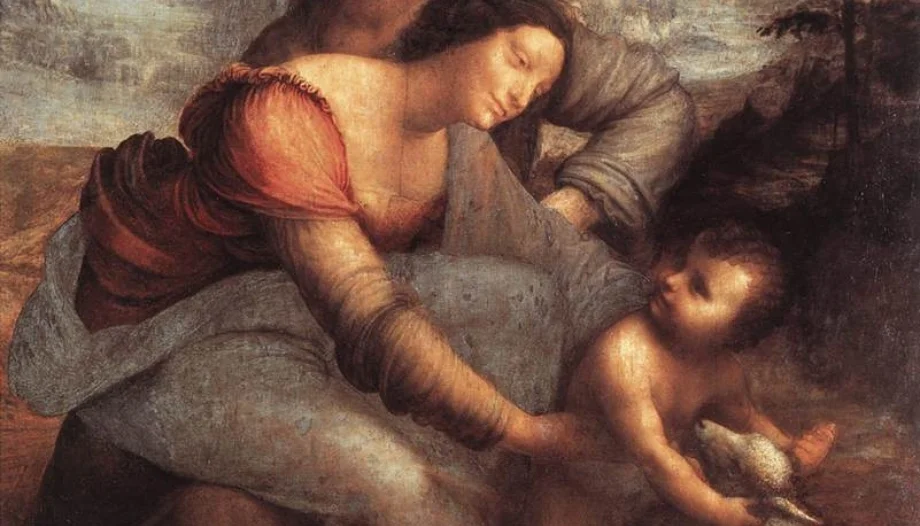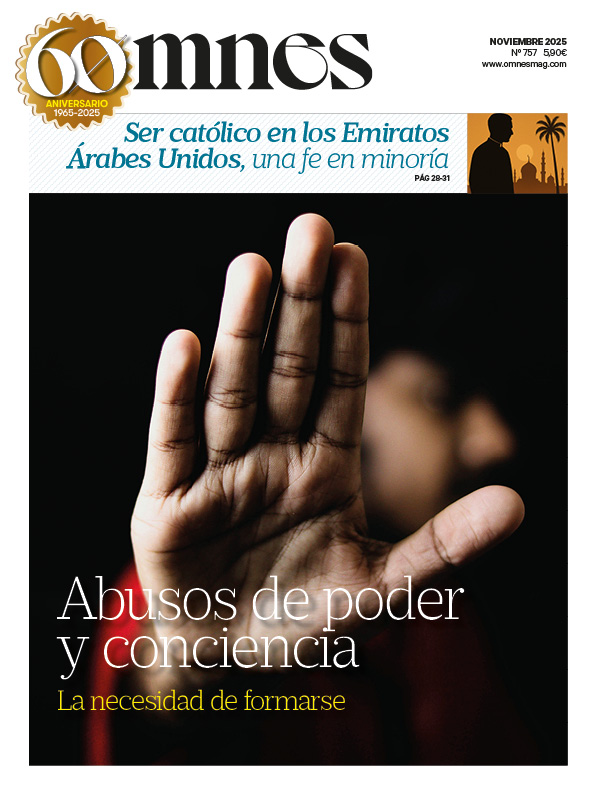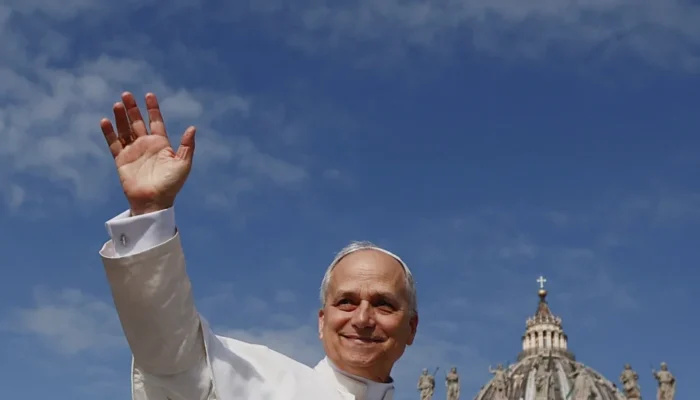The Treatise on True Devotion to the Blessed Virgin. Preparation for the Reign of Jesus Christ, a masterpiece of Marian devotion and Catholic theology, was first published in 1843, 127 years after the death of its author, the French priest St. Louis Marie Grignion de Montfort (1673-1716). The richness of the text flows from Sacred Scripture, the Holy Fathers, and the living Tradition of the Church, through the saint's profound spiritual and mystical experience, as well as the maturity of his missionary activity.
Saint John Paul II—who initiated the process for the declaration of Saint Louis Marie as Doctor of the Church—testified in his book-interview with André Frossard, Do not be afraid (1983): “Reading that book marked a definitive, radical change in my life.”.
And in his dialogue with Vittorio Messori, included in the volume Crossing the threshold of hope (1994), he spoke about his episcopal motto, inspired by the Treaty (“I am all yours, and all I have is yours, O my kind Jesus, through Mary, your most holy Mother”): “All yours. This formula is not merely pious; it is not a simple expression of devotion: it is something more. Thanks to Saint Louis Marie Grignion de Montfort, I understood that true devotion to the Mother of God is essentially Christocentric and, moreover, deeply rooted in the Trinitarian Mystery of God and in the mysteries of the Incarnation and Redemption.
We now present a brief summary of some of the splendid Mariological teachings contained in the Treatise of Saint Louis Marie.
Mediator and dispenser of grace
Inspired by the etymology of the name of the Mother of Jesus, the author poetically affirms: “God the Father created a reservoir of all waters, and called it the sea. He created a reservoir of all graces, and called it Mary” (n. 23). In a more theological way, he notes God's choice of Mary as the administrator of her Son's merits of redemption: “God the Holy Spirit communicated his gifts to Mary, his faithful Spouse, and chose her as the dispenser of all he possesses. She distributes all her gifts and graces to whomever she wants, as much as she wants, how she wants, and when she wants” (n. 25). She has therefore been constituted “treasurer of his riches, dispenser of his graces, accomplisher of his wonders, and repairer of the human race” (n. 28).
She is truly the Mother of God and of the Church, for “in the order of grace, the Head and the members are born of the same mother” (n. 32). Her intercession is indispensable for following Christ, so that “no one can attain intimate union with Our Lord and perfect fidelity to the Holy Spirit without a very close union with the Blessed Virgin” (n. 43).
In Mary, the Lord's dream is finally fulfilled, for the Holy Trinity rests as in paradise in her faithful heart, completely trusting in divine promises and totally docile to the action of the Paraclete. For this reason, he has chosen her to be the channel of the living and supernatural water of the Holy Spirit: “Only through her have all those who came after her found grace before God, and only through her will all those who come after her find it” (n. 44).
The French priest notes that invoking and imitating Christ's first and greatest disciple is the path followed by Christians who have fully embodied the Gospel in the history of the Church: “the greatest saints, the people richest in grace and virtue, are the most assiduous in imploring the Blessed Virgin and always contemplating her as the perfect model to imitate and the effective help that must come to their aid” (n. 46).
It also affirms the universality of the unique and very special cooperation of the Blessed Virgin in the work of redemption: “The salvation of the world began through Mary, and through her it must reach its fulfillment” (n. 49); “Mary, by remaining perfectly faithful to God, became the cause of salvation for herself and for all her children and servants, consecrating them to the Lord” (n. 53).
Mary's mission
Mary's role in the Church is to facilitate the union of the redeemed with the Redeemer, her divine Son. She leads us directly to Jesus: “Mary is the surest, easiest, shortest, and most perfect way to Jesus Christ” (n. 55). In turn, the will of her divine Son is to rely on his blessed mother to bring everyone the fruits of his Paschal sacrifice: “Mary's strongest tendency is to unite us to Jesus Christ, her Son, and the Son's most vivid tendency is for us to go to Him through his most holy Mother. For this reason, the Blessed Virgin is the way to reach Our Lord” (n. 75).
The saint affirms that, according to the Lord's plans, “we need a mediator before the Mediator himself, and that the exalted Mary is the most capable of fulfilling this charitable office. Through her, Jesus Christ came to us, and through her we must go to him. She is so powerful that her petitions have never been ignored” (n. 85). And he concludes: “To reach Jesus Christ, we must go to Mary, our Mediatrix of intercession.
To reach the Father, we must go to the Son, our Mediator of redemption” (n. 86). He also asserts that, in our fallen nature weakened by sin, “it is difficult to persevere in grace, because of the incredible corruption of the world. Only the faithful Virgin, against whom the serpent could do nothing, performs this miracle in favor of those who serve her as best they can” (n. 89).
In short, as John Paul II stated, “by placing the Mother of Christ in relation to the Trinitarian mystery, Montfort helped me to understand that the Virgin belongs to the plan of salvation by the will of the Father, as Mother of the Incarnate Word, whom she conceived by the power of the Holy Spirit. Every intervention of Mary in the work of regenerating the faithful is not in competition with Christ, but derives from him and is at his service.
Mary's action in the plan of salvation directly refers to a mediation that takes place in Christ” (Speech, 13-10-2000). The Church recognizes Mary's “maternal mediation” and venerates her as “spiritual mother of humanity and advocate of grace” (cf. Encyclical Letter Mother of the Redeemer, 25-3-1987, nn. 38-49). Therefore, the spiritual journey of the faithful consists in “conforming themselves to Christ with Mary” (cf. Encyclical Letter Rosarium of the Virgin Mary, October 16, 2002, No. 15).








